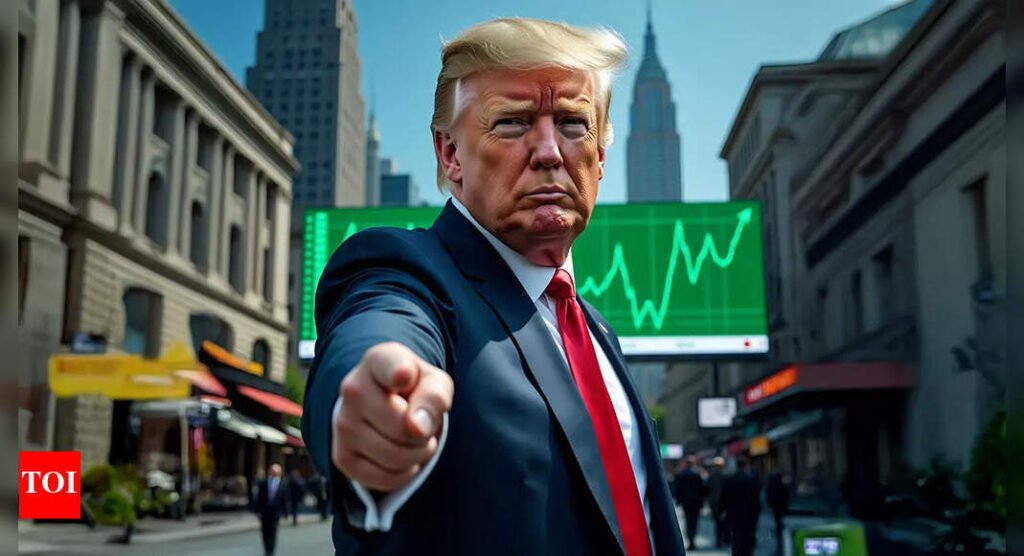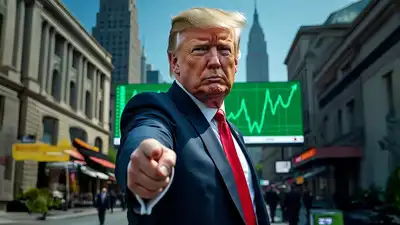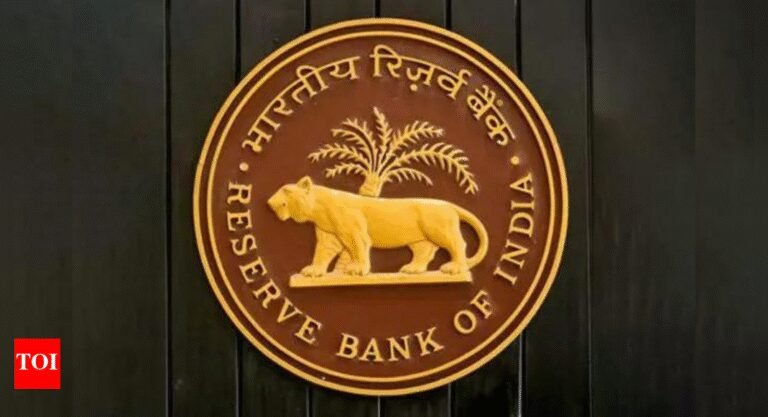
India-US trade deal: As US President Donald Trump announces trade deals in quick succession ahead of his August 1 deadline for reciprocal tariffs, one thing is becoming clear – 10% base tariffs are the ‘new zero’ with which countries will have to contend in terms of negotiations.A series of trade deals – with Vietnam, Indonesia, Philippines, Japan – all appear to be in the broad range of 15-20%, much lesser than the tariffs threatened by Trump on April 2, but still above the baseline 10% tariff that is currently in place. So where does that leave India?
India-US Trade Deal: What To Expect?
An India-US trade deal is still elusive despite several rounds of talks between officials of the two countries. And even though Trump has said multiple times in the recent past that a deal with India is ‘near’, the last (and fifth) round of negotiations has proved to be inconclusive.Also Read | ‘Always, zero tariffs to…’: Donald Trump says US willing to lower tariff rates for major countries – this condition needs to be fulfilledIt appears that a trade deal is unlikely to be announced before August 1 since deadlock on agriculture and dairy sectors continues. Reuters reported two government sources as saying that a mini trade deal before Trump’s deadline looks unlikely. Meanwhile, according to a PTI report US officials are expected to visit India in the second half of August as part of the ongoing efforts for the first phase of the deal by fall.India maintains a strong position against American pressure in the proposed trade deal, specifically concerning lower tariffs on US farm imports like maize and soybean.The United States is asking India to open its agriculture and dairy sectors. The Indian government’s key priorities include safeguarding farmers and addressing health considerations related to genetically modified commodities.The dairy industry holds particular significance in India, influenced by cultural and dietary traditions. Indian consumers raise objections to American cattle feeding methods that include animal by-products, as these practices conflict with Indian dietary principles.It is yet uncertain whether the 26% reciprocal tariff announced by Trump for India will come into effect from August 1, or will this deadline be extended. Whenever a trade deal is announced, with or without agriculture and dairy a part of it, Trump’s recent actions indicate that India is unlikely to secure a tariff rate below 10%. It is broadly expected to be in the ranges similar to the tariffs announced in America’s recent trade deals.
Asian Countries Score Deals With Trump Administration
Trump seems to finally have brought some clarity to the trade landscape of the world’s largest manufacturing region through his recent tariff deals.On Tuesday, Trump finalised an agreement with Japan, with a 15% tariff rate on imports, notably also for the automotive sector, which represents the largest portion of the trade imbalance between both nations.Also Read | ‘Aggressive US pressure can force…’: GTRI warns India against one-sided trade deal; says don’t fall into same trap’ as IndonesiaA deal with the Philippines saw a 19% tariff, matching Indonesia’s rate and sitting just below Vietnam’s 20% baseline. This suggests that most Southeast Asian nations are likely to receive comparable tariff rates, according to a Bloomberg report.“We live in a new normal where 10% is the new zero and so 15% and 20% doesn’t seem so bad if everyone else got it,” Trinh Nguyen, senior economist for emerging Asia at Natixis told Bloomberg. She noted that US firms will still find it economically viable to import goods at these tariff levels rather than look at establishing US as their new manufacturing hub.
The China Play
US seems to be on its path to further streamline a trade deal with world’s second largest economy, and the mid-August deadline for China tariffs is expected to be extended.US Treasury Secretary Scott Bessent said he will meet Chinese officials in Stockholm in the coming week for their third discussion round, focusing on extending the tariff deadline and broadening the dialogue. This development indicates improving relations between the two largest global economies, following the US’s recent relaxation of semiconductor restrictions and China’s resumption of rare earth material exports.“We’re getting along with China very well,” Trump told reporters on Tuesday. “We have a very good relationship.”The situation shows signs of becoming more stable after half a year of tariff-related uncertainty, which had previously elevated tariffs to 145% for China and approximately 50% for various smaller Asian export nations.Also Read | Trump tariff war: Deal or no deal – why it won’t matter much for India
What’s The Road Ahead On Global Trade?
Despite these recent agreements offering partial respite, significant uncertainties persist. The Trump administration continues to evaluate various sector-specific tariffs on products such as semiconductors and pharmaceuticals, which are vital for Asian economies including Taiwan and India – neither of which has finalised tariff arrangements with the US.South Korea faces heightened vulnerability to sector-specific tariffs, despite the Japanese agreement offering a potential blueprint for newly elected President Lee Jae Myung, according to the Bloomberg report.Trump’s swift negotiations with countries which US has a significant trade deficit with are accompanied by his proposal to implement a uniform rate of 10% to 15% on approximately 150 smaller nations.The increasing clarity on tariff structures will allow organisations with intricate Asian supply networks and US market dependence to strategise operational adjustments to minimise revenue impacts.Similar to the 2018 trade tensions, recent tariff declarations are expected to encourage firms to relocate production away from China. At present, China faces the region’s highest average tariff rates, whilst ongoing White House scrutiny of its technological and trade aspirations may prompt businesses to seek more stable alternatives.Shipments from Asia to the US are expected to come down after the implementation of new tariff rates. Although Southeast Asian economies and Japan face lower tariffs than initially threatened by Trump, these rates remain significantly higher compared to pre-Trump administration levels.Also Read | ‘Illegal, unilateral sanctions…’: China hits out at Donald Trump’s tariff threat for Russia’s allies; says ‘coercion will not…’Barclays Plc analysts, including Brian Tan, noted in their report that “continue the trend of tariff rates gravitating towards the 15-20% range that President Trump recently indicated to be his preferred level for the blanket rate instead of 10% currently.” Their analysis suggests a negative impact on Asia’s GDP growth projections, the Bloomberg report said.US consumers, who have remained largely unaffected by tariff increases thus far, might experience price impacts in the coming months. Goldman Sachs Group Inc. economists predict an increase in the US baseline ‘reciprocal’ tariff rate from 10% to 15%, potentially leading to increased inflation and slower economic growth.







